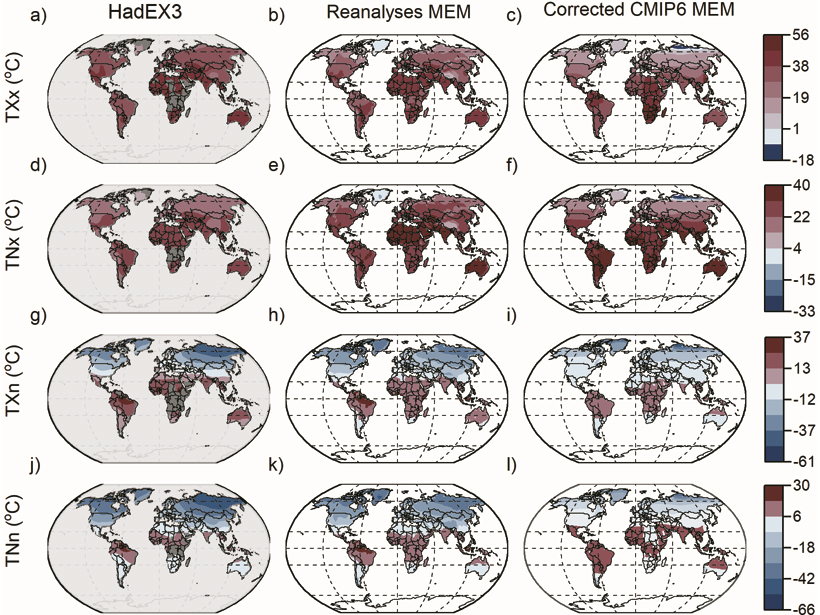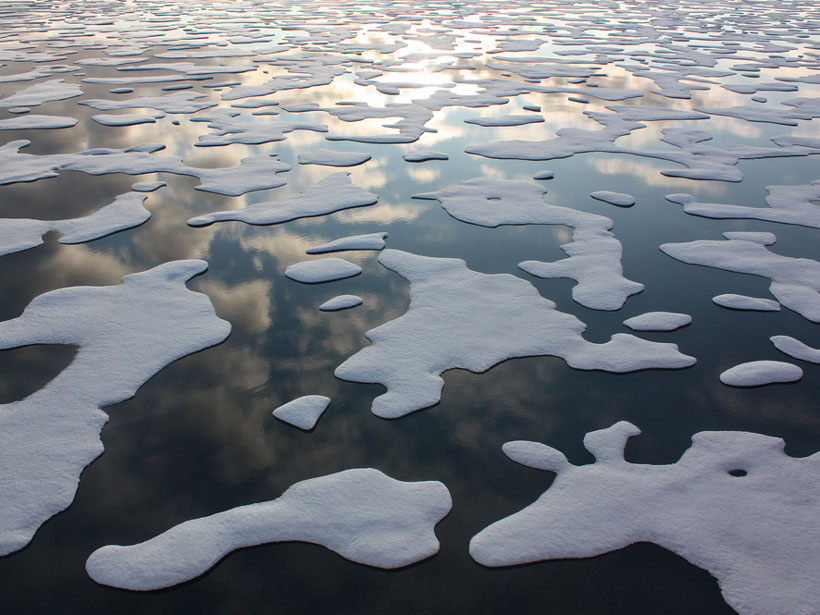Cutting-edge models predict that El Niño frequency will increase within 2 decades because of climate change, regardless of emissions mitigation efforts.
extreme weather
Rising Trend Predicted for Conditions Linked to Severe Storms
Climate modeling predicts that conditions conducive to severe thunderstorms will arise more often as Earth warms.
Rainy Days Dampen Economic Growth
Research reveals the connection between a country’s day-to-day weather and its production.
¿Cómo saber si has experimentado el calentamiento global?
Contestar esta pregunta puede ayudar a tomadores de decisiones, científicos y comunicadores climáticos a desarrollar estrategias más efectivas para llegar a escépticos y negacionistas.
How Do You Know If You’ve Experienced Global Warming?
Answering this question can help policymakers, scientists, and climate communicators develop more effective strategies to reach skeptics and deniers.
Tools for Improved Drought and Flood Response
A new book presents recent advances in the modeling and remote sensing of droughts and floods of use to emergency response organizations and policy makers on a global scale.
Temperature Extremes: Exploring the Global Outbreak
Using cutting-edge observations, reanalyses, and climate models, a new study projects the outbreak of temperature extremes over new global areas by 2100.
Winter’s Melting Point
Around the world, the seasonal snowpack is changing. Eos’s October issue looks at how we study winter weather, adapt to climate changes, and even fight for the snow we love.
The Changing Climate’s Snowball Effect
Shrinking snowpack, thawing permafrost, and shifting precipitation patterns have widespread consequences. Can new technologies—and public policies—help communities adapt?
When Wild Weather Blew Old Sea Ice South
Last winter, an unprecedented high-pressure system over the Arctic drove nearly a quarter of old sea ice into warmer waters, putting it at greater risk of melting.










